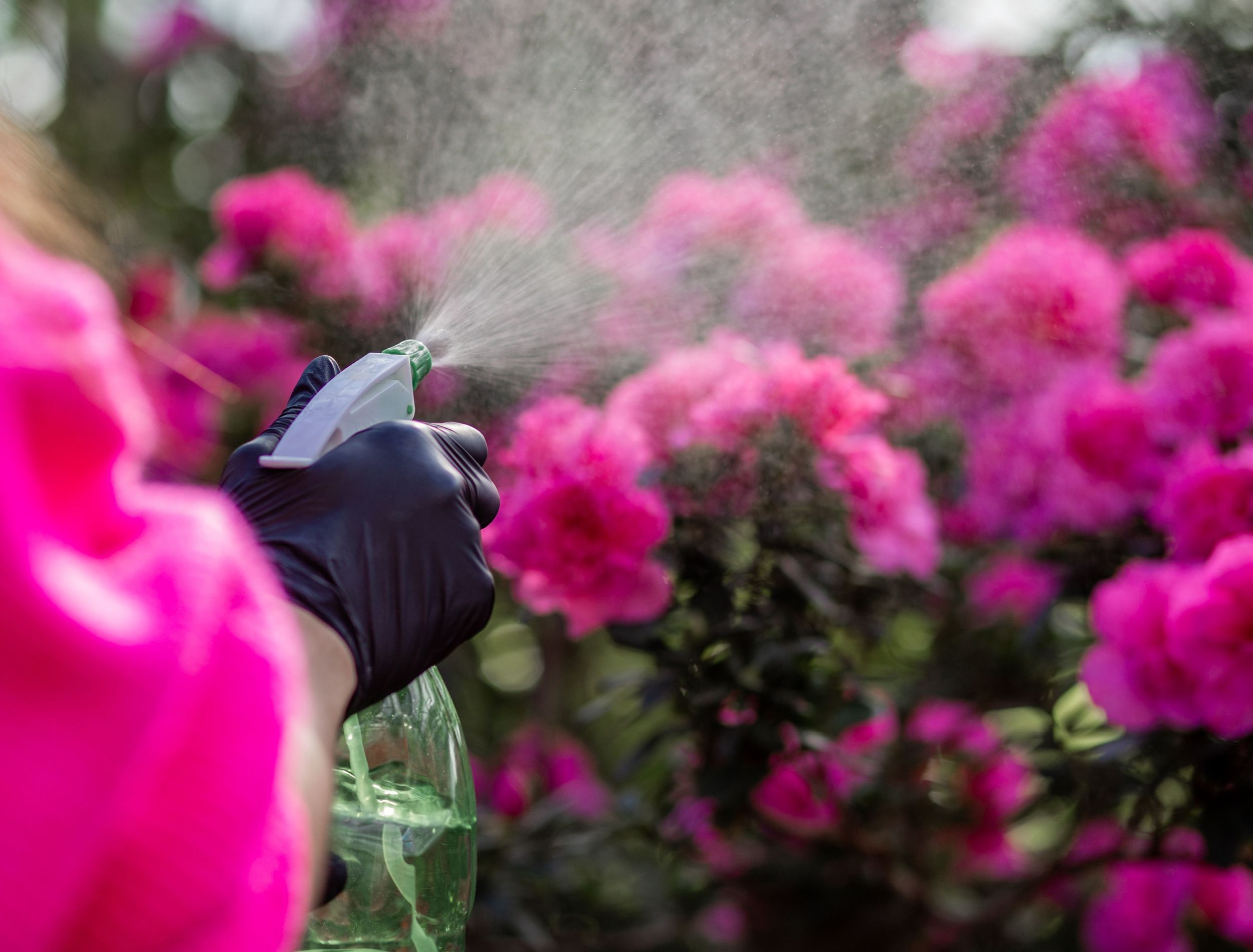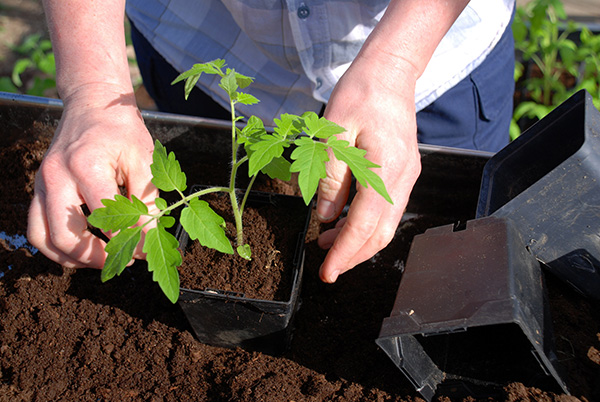Discover the Certain Plants That Are Negatively Affected by Epsom Salt Application
Epsom salt, a popular family treatment for various gardening woes, is commonly applauded for its helpful results on plant development. Understanding the certain plants that can be negatively impacted by Epsom salt is essential for any kind of gardener looking to optimize their plant treatment regimen.
Roses

Roses, especially conscious modifications in their environment, can be adversely affected by the application of Epsom salt. While Epsom salt is generally used as a plant food to promote plant development and improve flowering, roses are just one of the plants that do not react well to its application. The high magnesium material in Epsom salt can interfere with the uptake of other important nutrients by the rose plants, causing deficiencies that show up as yellowing leaves or stunted development.

Tomatoes
While Epsom salt is typically touted as a remedy for different plant problems, consisting of blossom end rot in tomatoes, its application can lead to damaging outcomes if not used carefully. Extreme Epsom salt, which is magnesium sulfate, can disrupt the delicate nutrient equilibrium needed by tomatoes, possibly leading to shortages in various other essential nutrients like calcium. When taking into consideration the use of Epsom salt on tomatoes, it is crucial to stick to suggested application rates and dirt screening to prevent unplanned repercussions on the total wellness and efficiency of these precious garden plants.
Peppers
Peppers, revered for their different colors and degrees of spiciness, can demonstrate sensitivity to unfavorable influences from Epsom salt when not applied with care and consideration for their specific dietary demands. what plants don't like epsom salt. Peppers, belonging to the Solanaceae family members, need a fragile balance of nutrients to prosper. While Epsom salt is known to enhance magnesium degrees in plants, too much application can interrupt this equilibrium, bring about unfavorable results on pepper plants
When peppers are subjected to high degrees of magnesium from Epsom salt, it can hinder the plant's capacity to soak up various other important nutrients like calcium and potassium. This discrepancy might manifest in signs and symptoms such as leaf discoloration, stunted development, and lowered fruit production. Furthermore, the extreme magnesium can modify the dirt pH, additional exacerbating nutrient uptake problems for peppers.

Rhododendrons
Offered the sensitivity of certain plant species to discrepancies brought on by Epsom salt, it is important to consider the influence on Rhododendrons, which also require particular nutrient levels to grow. Rhododendrons are Discover More Here acid-loving plants that favor acidic soil conditions with a pH variety between 4.5 and 6.0. Epsom salt, chemically called magnesium sulfate, can change the soil pH and disrupt the fragile equilibrium of nutrients Source crucial for Rhododendron health and wellness.

To preserve the optimal development and wellness of Rhododendrons, it is vital to stay clear of the unplanned use Epsom salt and instead concentrate on offering the particular acidic dirt problems and nutrients that these plants need for thriving.
Azaleas
These prominent blooming plants are frequently located in parks, yards, and landscapes due to their charm and adaptability. While Epsom salt is commonly utilized as a solution for magnesium deficiency in plants, its application to azaleas can have unfavorable results.
Azaleas choose slightly acidic soil problems, and an excess of magnesium from Epsom salt can disrupt this balance, leading to nutrient imbalances and potential toxicity problems. The inaccurate application of Epsom salt can result in stunted development, yellowing of leaves, and total decline in the health look here and wellness of azaleas.
Verdict
To conclude, it is very important to be knowledgeable about the specific plants that can be detrimentally influenced by the application of Epsom salt. Roses, tomatoes, peppers, rhododendrons, and azaleas are some examples of plants that might not benefit from Epsom salt and might even endure harm. It is critical to research and understand the requirements of each plant varieties prior to making use of Epsom salt as a fertilizer to ensure their wellness and well-being.
Comprehending the certain plants that can be detrimentally affected by Epsom salt is vital for any kind of gardener looking to optimize their plant care regimen. While Epsom salt is typically utilized as a fertilizer to advertise plant development and boost flowering, roses are one of the plants that do not respond well to its application.Excessive usage of Epsom salt can likewise result in an accumulation of salts in the dirt, leading to root damages and dehydration of the rose plants. While Epsom salt is recognized to enhance magnesium levels in plants, too much application can interrupt this balance, leading to negative results on pepper plants.
The high salt web content in Epsom salt can additionally dry out Rhododendron origins, creating more tension and damage to the plant. (what plants don't like epsom salt)
Comments on “Gardening Tips: What Plants Don't Like Epsom Salt and Why”